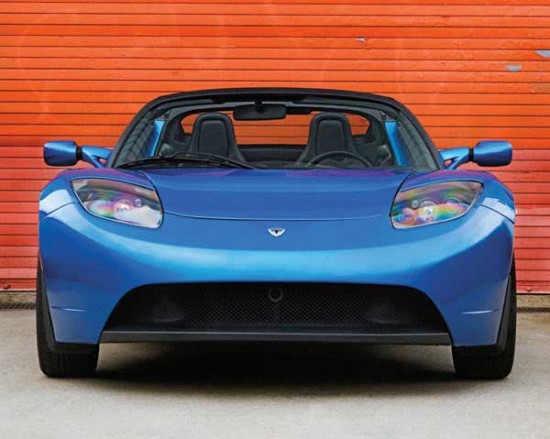Sustainable Energy
Electric Cars Move Slowly



Some of the world’s biggest automakers–Toyota, General Motors, Ford, Nissan-Renault–will begin building all-electric vehicles next year. In his presidential campaign, Barack Obama proposed putting one million plug-in vehicles on U.S. roads by 2015. But production numbers will be tiny for years. Even General Motors, notwithstanding all the publicity it received for its commitment to bring the Chevrolet Volt plug-in hybrid to market in 2011, plans to build only 10,000 Volts in 2011, and 60,000 in 2012. The consensus among industry analysts is that worldwide, fewer than one million of the 70 million vehicles manufactured annually will be electric-drive cars until at least 2015.
Boston Consulting Group further predicts that in 2020, under current trends, just one million plug-in vehicles will be sold in North America–roughly 5 percent of all vehicles. And market share is expected to stay in the low single digits until the cost per kilowatt-hour of lithium-ion batteries falls to a third or less of today’s level of $500 to $900 (see “Scaling Up Is Hard To Do”).
The growth path that conventional hybrids have followed may be a good indication of how the newer technologies are likely to play out. Conventional hybrids, which charge their batteries using a gasoline engine, took 10 years to garner 2.5 percent of the U.S. market and about 1 percent of the global market. They will probably represent 4 or 5 percent of global production, or three million vehicles, by 2015, and the automakers expected to be leaders are Toyota, Honda, Ford, GM, Hyundai, and Volkswagen. Sales of plug-in hybrids and battery-electric vehicles are likely to grow at a similar rate unless development is accelerated by aggressive subsidies or tax advantages to offset the high cost of their battery packs.
DATA SHOT
Electric-car startups could have a presence in the market. Tesla’s all-electric Roadster, which can accelerate from 0 to 60 miles per hour in less than four seconds, is already for sale at $109,000, and Fisker’s Karma plug-in hybrid luxury sports sedan, at $87,900, will be in drivers’ hands by the middle of next year. But going beyond boutique production is a hard, hugely expensive challenge. Not since Chrysler was founded, in 1925, has a U.S. automotive startup grown into a major brand.
Meanwhile, electric cars will compete against gasoline and diesel engines that are growing ever more fuel-efficient. Between 2020 and 2030, midsize sedans may reach 40 to 50 miles per gallon thanks to much smaller engines, turbocharging and direct-injection technology, a 30 percent reduction in vehicle weight, and aerodynamic improvements (see “Petroleum’s Long Good-bye”). Whether they will cost less than an equivalent electric-drive car is the question facing the industry’s planners today.